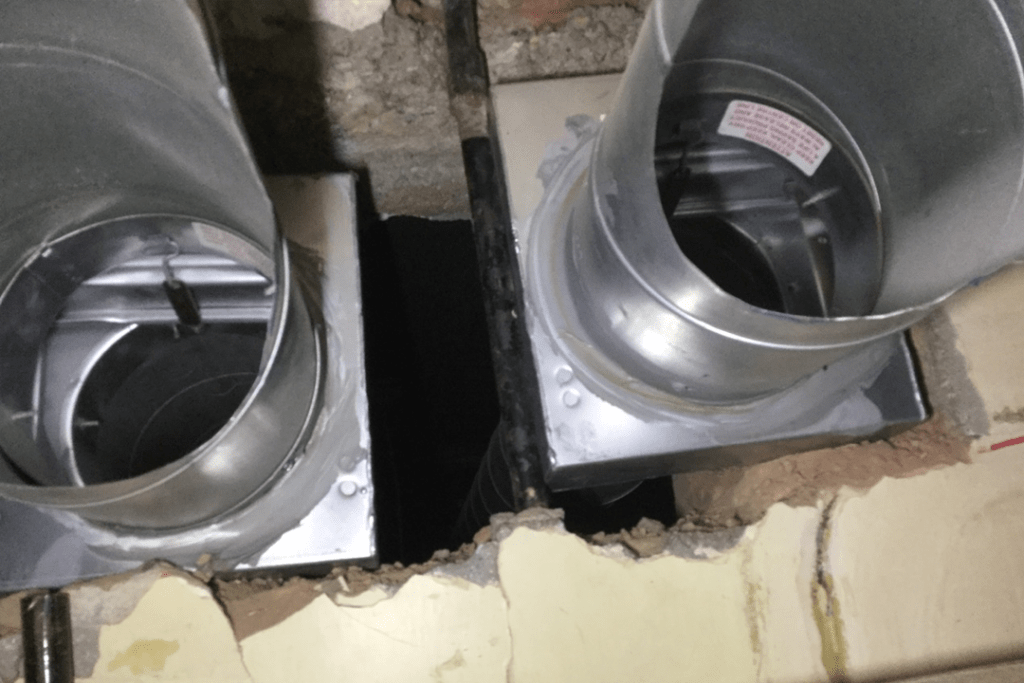Where ductwork enters or exits a fire compartment, fire dampers are fitted to maintain the compartmentation. Their job is to close if fire breaks out and to seal the compartment, so preventing the spread of fire. They are an essential element of your fire safety system.
Both the Building Engineering Services Association (BESA) and the British Standards Institution (BSI) agree that fire dampers should be inspected and performance-tested annually as a minimum. Competent people should carry out the work, any necessary remedial action should be taken, and records should be kept.
Repairs and remedial works are not a maintenance task, they are vital to maintain the integrity and effectiveness of these safety and life critical systems.
Every bit as important as ensuring the fire dampers in your building are tested and work as they should, is ensuring that the testers are competent. Not all fire damper testers are equal. Beware of damper dabblers!
What’s a damper dabbler?
A damper dabbler is someone who might know a bit about fire damper testing, but doesn’t know the whole story. They might talk a good game, but they don’t have the skills and knowledge to back up their promises. Here are some examples of what we mean.
Every fire damper must be identified and checked
Not all fire dampers are easily or immediately visible. Often, testers need to begin by looking at the schematics or plans of the building to identify how many dampers have been installed and where they are.
Any competent damper tester will tell you not to rely on the accuracy of building plans and schematic drawings. They are a starting point for identifying the location of dampers. If buildings works or renovations have been carried out, it is highly likely that the plans have not been updated which will mean that any newly installed dampers will not have been added to the plans.
Relying entirely on schematics and drawings is inadequate.
Once all the dampers have been located, testers can set about inspecting them in a methodical manner, providing photographic evidence and a written report to back up their findings.
Damper dabblers don’t do this. Instead, you might get some sort of paperwork saying ‘all visible dampers have been inspected’ or a tick list of dampers identified. Full photographic reporting is invariably absent.
The way the damper is fitted is critical to safety
Dampers need to be fitted correctly. A typical reporting error we encounter is failure to note and rectify breaches in the fire compartmentation around the damper. Any gaps will allow fire and smoke to pass through the compartment wall.

In addition, the materials used to repair the fire compartment around the damper must match the fire-rating of the compartment. Why? Because if they don’t, even if your damper has the correct fire rating for that compartment, the surrounding materials can fail, causing a fire compartment breach.
Damper dabblers might not even know this is an issue, or they might fill breaches with inappropriate materials, such as pink expanding foam or a similar quick-fix that does not have the necessary fire rating.
Dampers need to be tested, not just inspected
A damper might look fine, but that doesn’t mean it will operate properly when it needs to. Broken fusible links and tracks that have been damaged or clogged can lead to damper failure. Testing highlights things that might not be immediately visible but need to be fixed.
A damper dabbler may try to convince you that a visible inspection is sufficient. This is not true. Even if a damper dabbler is able to recognise that something is wrong, there’s no guarantee they know how to test it to be sure or fix it if found to be faulty.
Everything within a fire safety system must be fully tested and compliant. These are safety-critical systems.
A damper failure of breach of a fire compartment can lead to catastrophic failure.
What’s the answer?
Regular testing of fire dampers is needed to ensure the fire safety of a building.
Partial or incompetent testing of your dampers and poor execution of essential remedial works is a false financial economy and hides crucial fire safety issues within your building.
Choosing to invest in the services of a BESA member, like Indepth, is a good starting point to protect your building’s occupants and visitors.
We can identify the location of dampers in your building; fully inspect and test them; carry out all necessary remedial works. AND… all works and reporting is fully compliant and in line with the latest industry standards as set out in VH001.
We can help you achieve total peace of mind, call us today to learn more.
